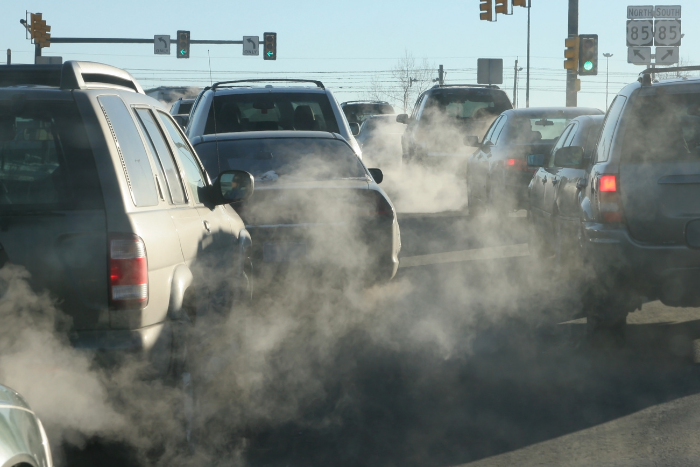A Delhi Pollution Control Committee (DPCC) report stated that vehicles, industrial emissions, dust from roads and construction, and smoke from biomass burning continue to contribute to air pollution in Delhi during the winter months over the last decade. The report noted fluctuations in pollution levels in Delhi between 2014 and 2024.
As of September 19, the city recorded 96 days this year where air quality was classified as poor, very poor, or severe, according to Economic Times (ET), citing DPCC data. In comparison, there were 159 such days in 2023, 200 in 2022, 168 in 2021, 139 in 2020, 183 in 2019, 206 in 2018, 211 in 2017, and 243 in 2016, highlighting the variations in air quality over the years.
The government deployed 498 anti-smog guns at large construction sites, following a proportional distribution strategy based on the size of the sites, the report stated. According to the Central Air Quality Management (CAQM) Policy, construction sites of up to 5,000-10,000 square meters will have one anti-smog gun, while sites exceeding 20,000 square meters will have four guns installed, as reported by ET.
The report also mentioned that key initiatives in the strategy include enhanced monitoring of air quality at 40 locations across the city and tracking eight critical ambient air quality parameters.
IIT Delhi Study: Low-Cost Sensors and Garbage Management Cut PM2.5 Levels by 26.6%
Using low-cost sensors to monitor pollution and implementing effective garbage management practices—such as stopping incidents of trash burning and preventing dust pollution by fixing damaged roads and footpaths—led to a drop of up to 26.6% in PM2.5 levels in the areas of Delhi’s Jahangirpuri, Rohini (15.7%), and Karol Bagh (15.3%), according to a study by IIT Delhi (IIT-D).
The study from IIT-D’s Centre for Atmospheric Sciences found that pollution levels could be significantly reduced if data-driven strategies are deployed to effectively combat air pollution.
The report stated that monitoring should be expanded nationwide, using hybrid techniques to accurately measure pollution levels and assess the impact of local interventions. This scalable model could provide valuable insights for improving air quality in other regions across the country, Economic Times reported.
Despite rise in coal plants, data shows decline in mercury pollution from human activity
A new study has found “mismatch” while studying data of mercury pollution (a potent neurotoxin emitted by coal plants and small-scale gold mining) in the atmosphere: mercury pollution by human activity decreased, but mercury inventory increased during the same period.
Scientists said modeling mercury emissions is tricky: it’s the only metal that is in liquid form at room temperature, so it has unique properties, the MIT reported. It added that mercury that has been removed from the atmosphere by sinks like the ocean or land can be re-emitted later, making it hard to identify primary emission sources.
The researchers said new results could help inform scientists to evaluate pollution models and develop a more in-depth understanding of what drives global atmospheric concentrations of mercury. The researchers analysed measurements from all available monitoring stations in the Northern Hemisphere and found that atmospheric concentrations of mercury declined by about 10% between 2005 and 2020, but global inventories, on the other hand, have reported opposite trends.
About The Author
You may also like
Govt Says No Conclusive Data Relating Deaths to Pollution
Parents, Activists Protests at India Gate as Air Turns Toxic
Top court allows ‘green firecrackers’ in Delhi on Diwali with conditions
CPCB should help industry meet green norms: Environment Minister
Noise pollution from trains hit surrounding homes, exceed limits by 85%

